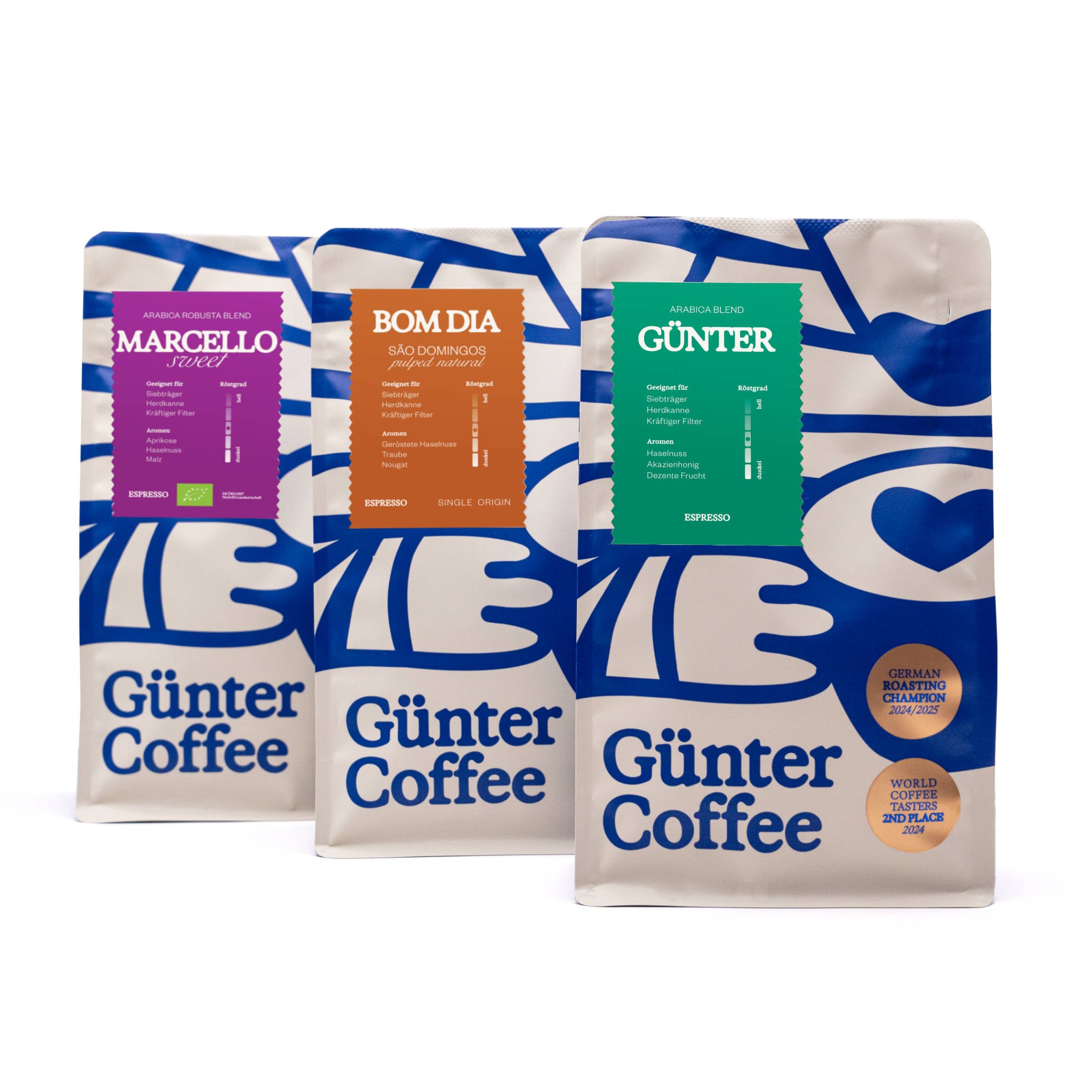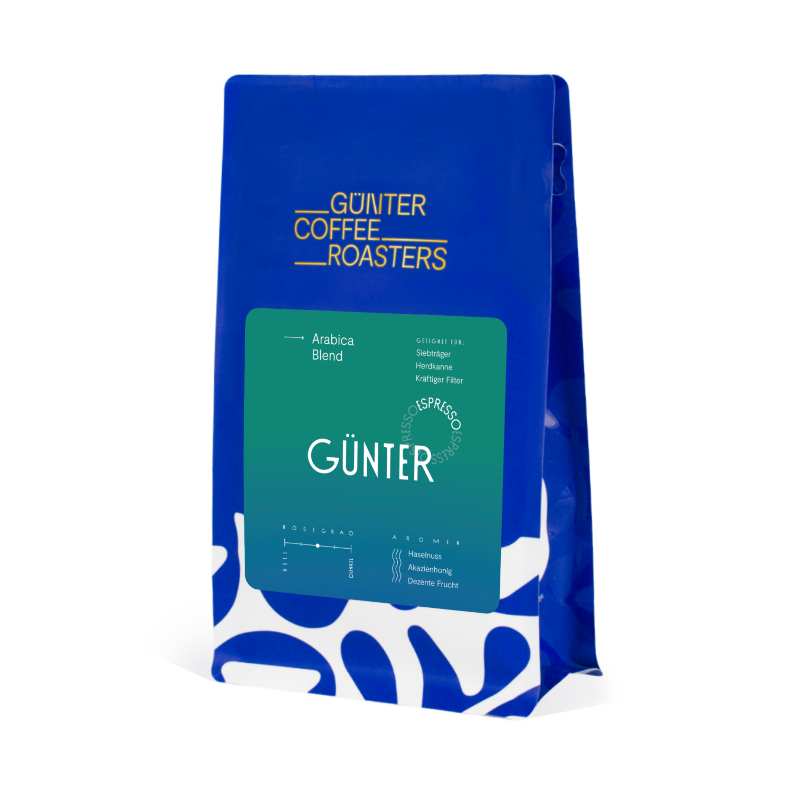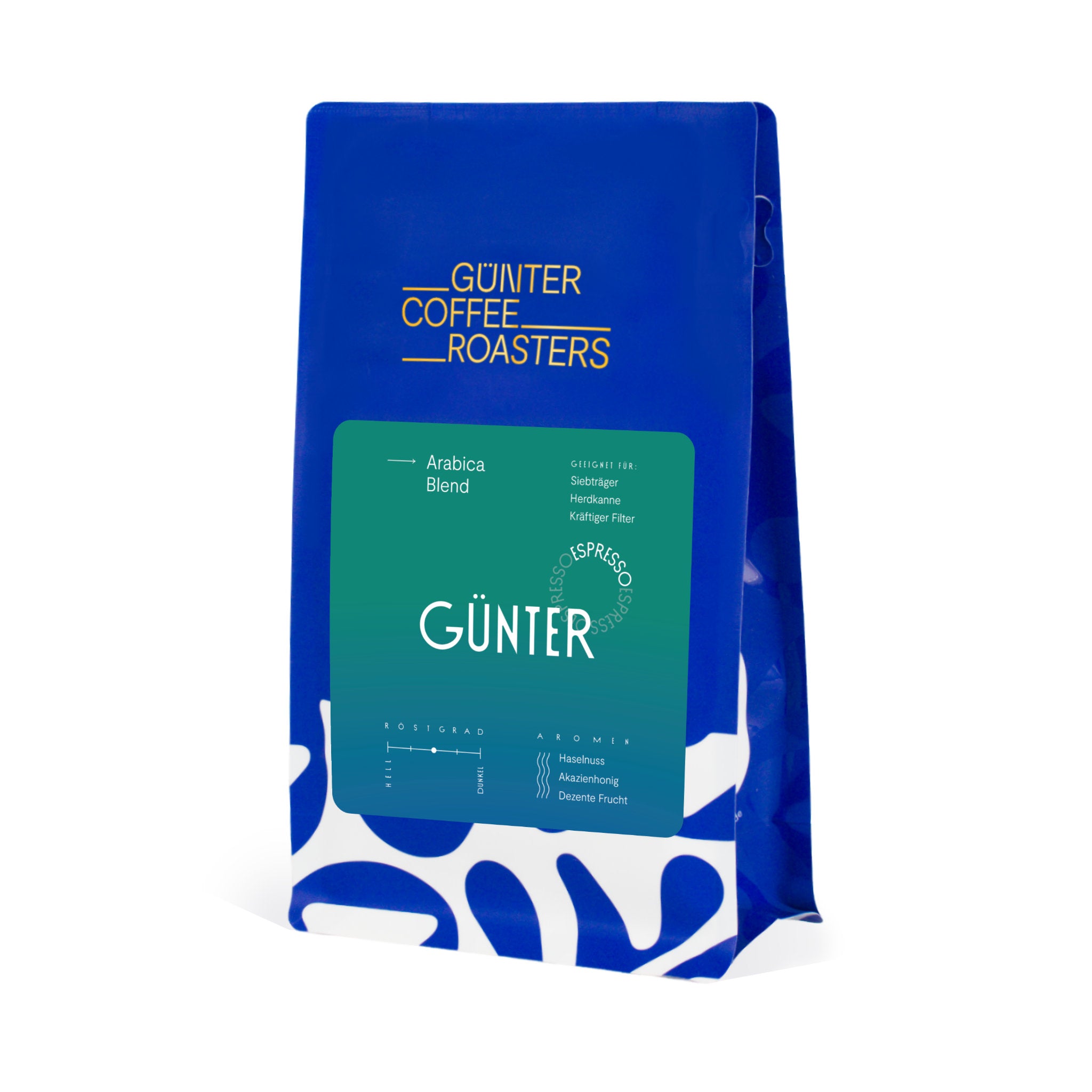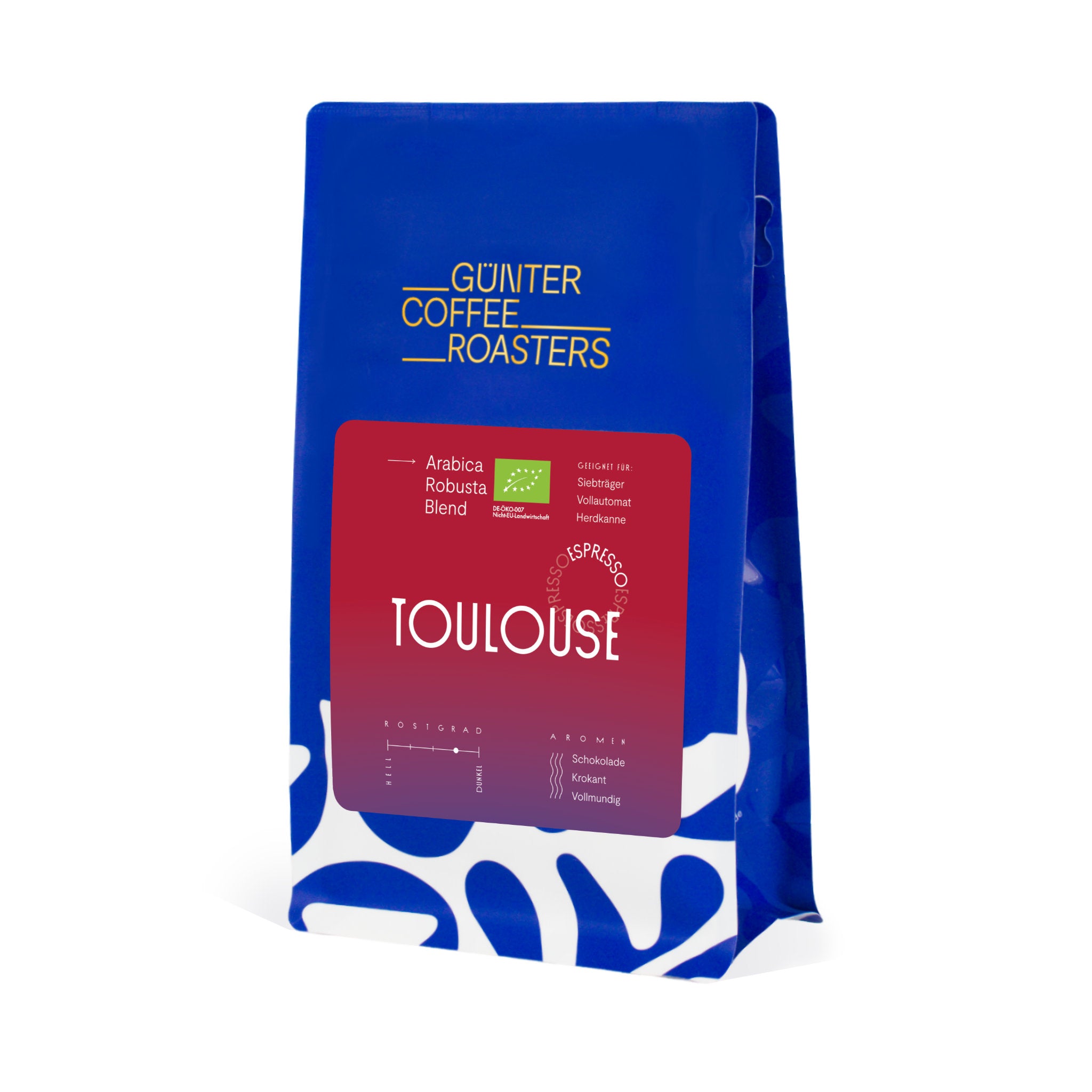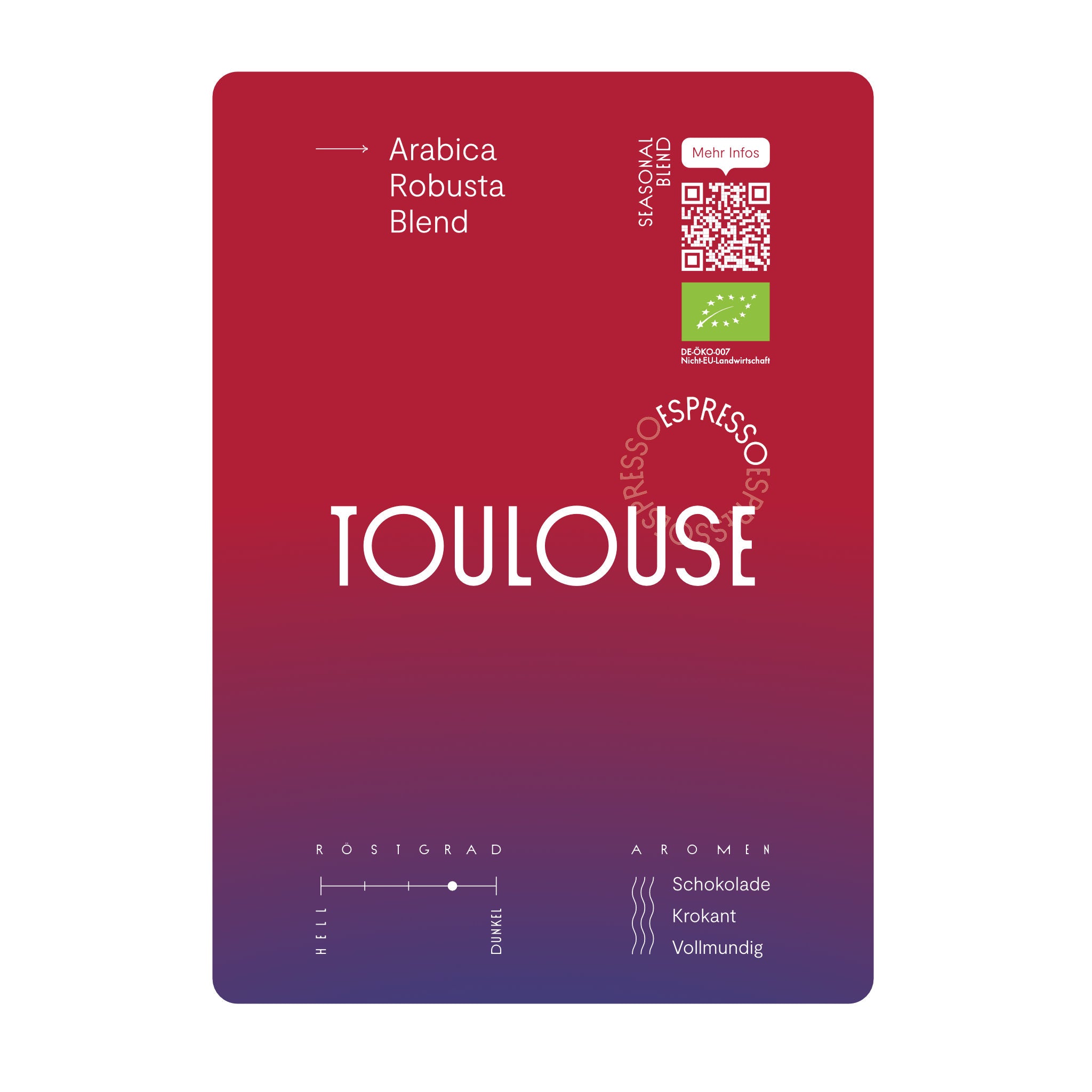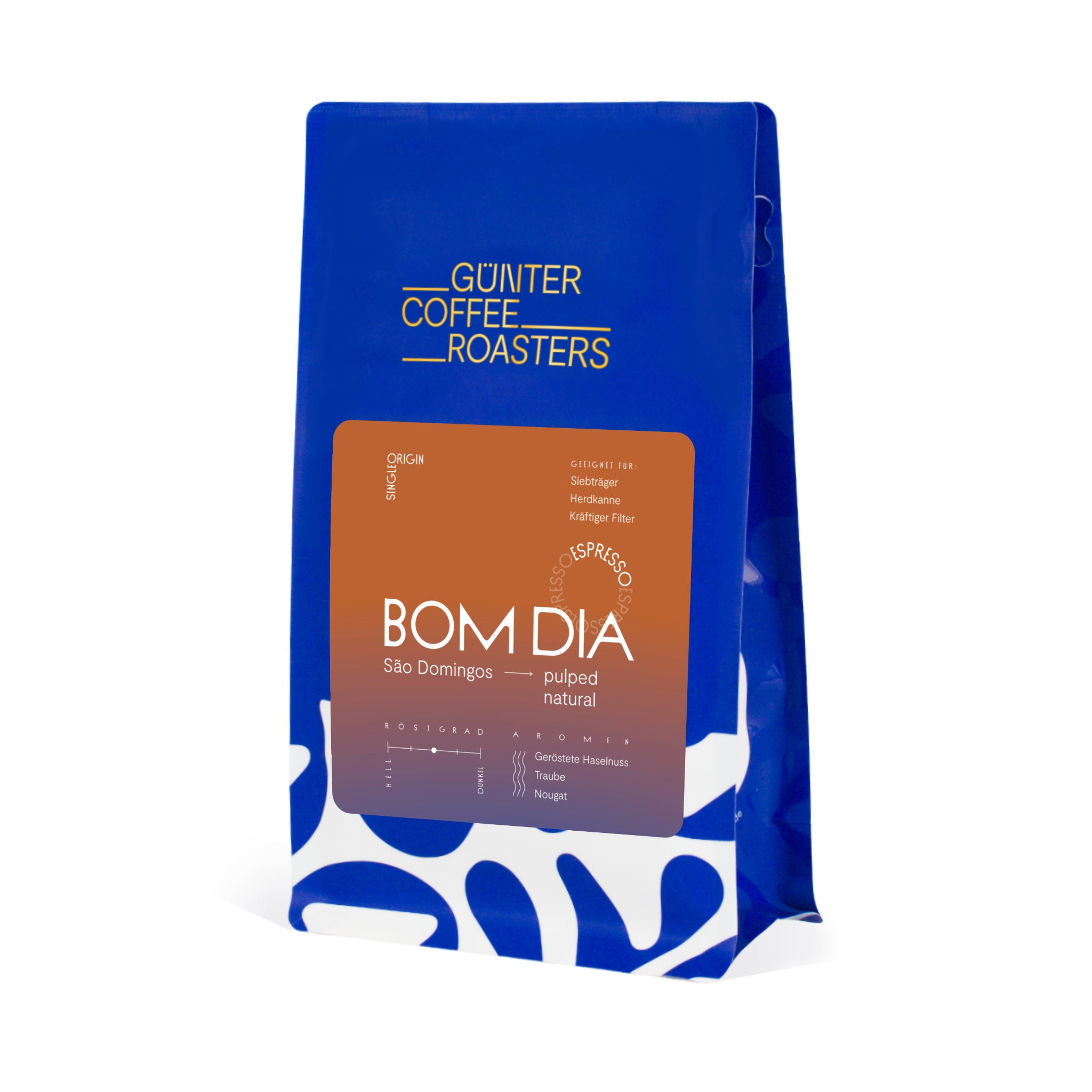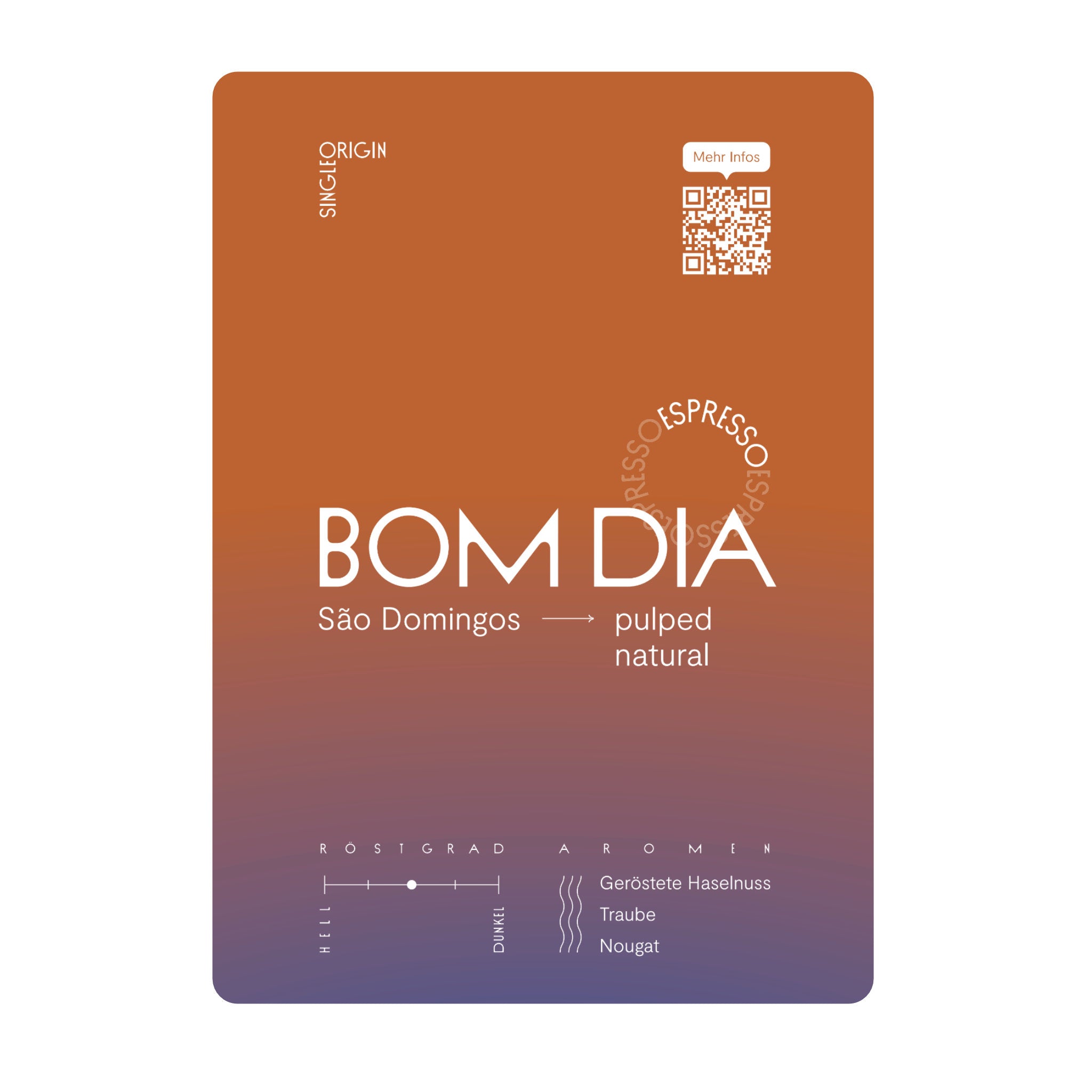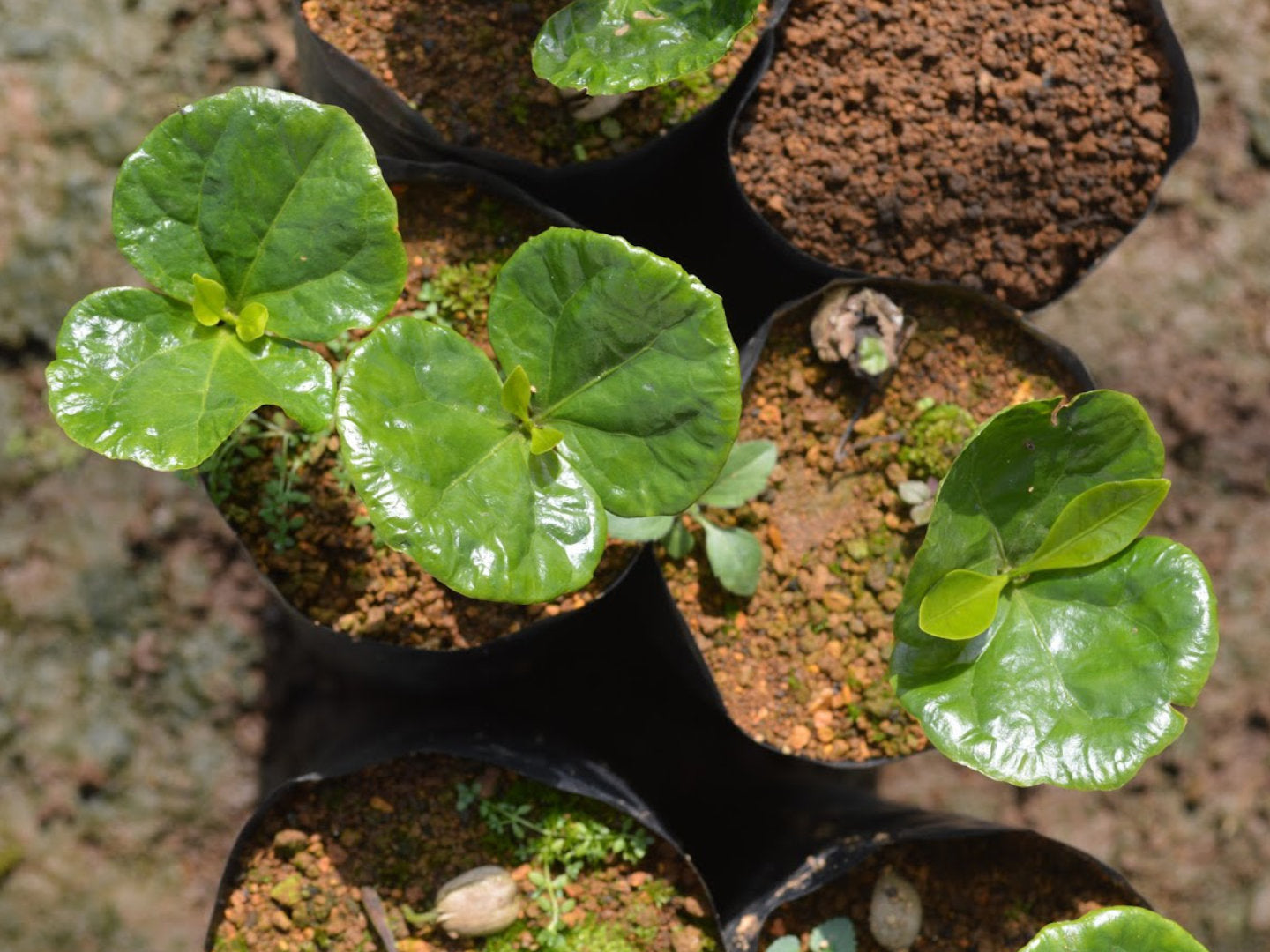If the majority of a year's harvest fails on a coffee farm, this is usually a threat to the company's very existence. The tightly calculated prices do not allow for high reserves, and loans are also common practice - as is the case with many companies with a larger trading volume. If they can no longer be serviced, there will be no fresh money from new loans. For Omar that meant no money for fertilizers and pesticides. But before 1977 they were in use at Finca San Luis as a matter of course. So Omar, then 17, had to think of something new.
He decided to keep the farm going and focused more on original methods of coffee cultivation, produced his own fertilizer and ensured more biodiversity on Finca San Luis with new trees and plants. Today, around 50 years later, he runs a farm with an extraordinary biodiversity. He says that the finca is now home to far more complex flora and fauna than the surrounding forests.
Omar's approach is biodiversity instead of monoculture
The Arango family deliberately leaves parts of the finca to their own devices so that nature can recover and expand. For example: There is a part of the finca where the microclimate is rather unsuitable for growing coffee. Omar reforested here and then left the piece of land to nature. Among other things, palm tree species that are threatened with extinction grow there. In general, he doesn't think much of monocultures. The Arango family also plants other plants and trees where coffee grows on their farm. They avoid pesticides and fungicides.
The family places a particular focus on the bird world. Both sides benefit from this. They create a bird-friendly habitat so that the birds can settle on the farm while they reliably take care of the pests on the coffee bushes. For example, Omar plants beehive ginger, whose inflorescences collect water that hummingbirds enjoy.

Beehive ginger at Finca San Luis. The botanical name is Zingiber spectabile.
Omar was also able to convince other farmers with his new "old" approach. He is working with them to establish a protected area in which migratory birds from North America and Canada will find refuge. He estimates that around 250 different species of birds live on his finca. Besides his airborne friends, there's also lots of animals on the ground, for example 10 different species of ants. If you walk around the farm, you can hear different bird calls everywhere. If you look at the ground, everything is moving. Everything feels "incredibly alive", as our co-founder and roaster Philip described the place after his visit in early 2023.
Coffee cultivation between nature and culture
At Finca San Luis, the coffee plants grow amidst trees, bushes and other plants. Basically, Omar plants his coffee varieties in a mix. So we find Typica, Gesha, Maragogype, Bourbon, Caturra and wild crosses of them spread across the farm. The reason: many pests and diseases are specialized for one variety of coffee plant. This makes it more difficult for them to spread out in a mixed lot.
Fungi and spores can often be found on the leaves of Omar's coffee plants, and trunks and branches are surrounded by lichen and moss. The microorganisms are good for the plant and prevent the spread of pests such as coffee rust. His farm covers 50 hectares - the cultivated areas are between 1600-1950 meters above sea level. That's why there are different climate zones, some of which are very humid, others particularly shady and others very sunny. The conditions for growing coffee at the lowest point of the farm are different than those at the highest point. This results in the different lots of Finca San Luis.

Omar Arango Tinoco and Philip Weller at the Finca San Luis coffee farm between coffee trees.
There are still single-variety lots on Omar's farm, but he is gradually replacing them with the above-mentioned variety mix. However, he only replants when a plant is no longer productive. Until then, he leaves the plants be as long as possible. In conventional coffee cultivation, plants that produce less are almost immediately replaced with new ones. Instead, Omar relies on techniques like Zoca to make them more productive again. To do this, he radically cuts back older plants between 12 and 15 years old so that they can form new roots and then thrive again.
He planted the nightshade Lulo, also called quitorange or naranjilla, in a particularly moist area. The plant ensures that the soil is less moist and is more suitable for coffee cultivation, which takes place between the lulo plants. Omar has juice pressed from the small orange fruits, which is rich in vitamins A and C and tastes fruity and sour.
Harvest time and preparation at Finca San Luis
At Finca San Luis there are coffee cherries that are ready to be harvested all year round. This is mainly due to Colombia's special climate because it is located near the equator. It happens that a single coffee plant has both unripe and ripe cherries and flowers at the same time. Nevertheless, there are main and secondary harvest times in which more or less ripe cherries are on the branches to be harvested. The ripe cherries are harvested on the finca every 15-20 days; during peak times, one picker can produce 50 kg per day.

Ripe and unripe coffee cherries on Finca San Luis in Colombia.
Basically, Omar offers its customers all basic coffee preparation methods: washed, honey and natural. However, due to the very humid climate, naturals are particularly difficult to produce. Drying in the coffee cherry therefore takes a very long time. Mold, which eats its way through the cherry, is particularly happy about this. This leads, for example, to phenol defects, which are unpleasantly noticeable in the cup.
After harvesting, the coffee cherries are placed in a water bath to be sorted. This helps to identify defective cherries because they float on the surface of the water. We call them floaters. Intact cherries sink to the bottom and are called sinkers. The floaters are skimmed off and prepared for the local market, the intact sinkers are destined for export.
Omar has his own wet mill on his Finca San Luis, in which coffee is processed for washing. The coffee cherries go into a drum that is somewhat reminiscent of a rotary cheese grater. This is rotated quickly while adding water, which causes the pulp of the coffee cherry to separate from the coffee bean. This process is also called depulping.
Example: Preparation of our Colombia La Huerta coffee
Starting today we are offering a new coffee from Colombia that comes directly from Finca San Luis. He prepares the coffee cherries for our Colombia La Huerta (sold out), which translates as “the garden,” as follows:
The coffee oxidizes as a whole fruit in fruit boxes for 48 hours. This means that it is in contact with oxygen during this time. All sorts of chemical processes occur that later significantly influence the taste of the coffee. After 48 hours, workers at Finca San Luis remove the pulp in a wet mill. The coffee beans then remain submerged in the fermentation tank for 2 hours and are then laid out on African beds to dry.
Depending on the weather, they stay there for 2-5 days until they have lost most of their moisture. They are then dried in machine dryers to 11% residual moisture. Omar uses various silos for this, one of which he fuels with leftovers from coffee production. He runs the remaining, smaller silos with gas. Once the coffee beans have reached the desired residual moisture, they are placed in a dry mill, where they are separated from the thin parchment membranes. There is then another sorting process before the coffee beans are put into bags for export to Europe.
In recent years, Nikolai and Omar have tried out and further developed a wide variety of fermentations and experimental processing methods for coffee cherries. These include fermentations with and without oxygen - we are talking about aerobic and anaerobic here - under pressure and without oxygen, as in carbonic maceration or with the help of yeast or the addition of other substances such as kombucha made from coffee cherries. One day Omar accidentally discovered the skoby for this, i.e. the kombucha mushroom, in the fermentation residues and then experimented with it. There are almost endless ways to influence the taste of the coffee.

Coffee kombucha scoby in a keg.
Why Omar doesn't have an organic certification for Finca San Luis
Finca San Luis officially still belongs to 63-year-old Omar's mother, but he has been taking full responsibility for every step of coffee cultivation and sales for some time now. His Finca San Luis does not have any certifications such as the organic seal. He could, but doesn't want to have it. His approach to growing coffee goes above and beyond the requirements. But for him these don't go far enough and, he tells us, many buyers would rather have the coffee a little cheaper instead of paying the organic premium. Omar is working with other farmers on a seal that will reflect sustainable work in coffee cultivation.
"Omar Arango Tinoco has created an impressive farm, every meter of which he showed me willingly, openly and kindly. When he talks, you can tell that he is passionate about growing coffee. I was deeply impressed by his idea and philosophy and I am pleased that we are business partners," says Philip.
If you would like to find out more about Omar and his Finca San Luis, you can follow him on Instagram. Our friend Nikolai Fürst from Desarrolladores de Café made contact with Omar.
